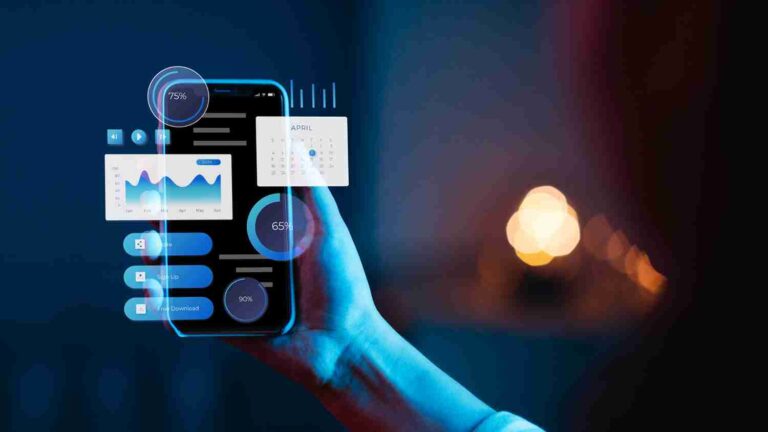Usability Testing Services
Usability forms a crucial factor in understanding a product’s acceptance and value in the market. People now look for a smooth mobile using experience, which means along with web the mobile user experience is also taken into consideration. The main aim of usability testing is to spot usability problems, get feedback and improve all the drawbacks before launching the product in the market. We, at IT Chimes have a good deal of experience with a wide range of clients globally, hence our mobile usability testing methodology is developed according to our expertise in this field.

Why Choose Us?
- Our dedicated team have expertize in testing and our usability team includes both audience from within the company and outsiders to acquire an honest feedback.
- A dedicated team of specialized performance testors, with the perfect blend of capacity management experience, product development and years of performance testing.
- Our team of experts along with other expert testers participate in conducting a test on your product. You will get a detailed report on the experience within a short span of time, so that there is no delay in the product launch.
- IT Chimes have a record of putting up to the claim of testing websites, mobiles and softwares at cost effective prices and by yielding much better results as compared to outsourcing the usability testing services.
Frequently Asked Questions
Usability testing is crucial because it helps to identify potential issues before a product is launched. It ensures that the product is easy to use, meets user expectations, and provides a positive user experience. Effective usability testing can lead to higher user satisfaction, reduced support costs, and a better overall product.
There are several types of usability testing, including:
- Explorative Testing: Conducted early in the product development process to explore how users interact with a prototype.
- Comparative Testing: Involves comparing two or more products or versions to see which one performs better in terms of usability.
- Assessment Testing: Focuses on evaluating the usability of a fully developed product to identify any remaining issues.
- Remote Usability Testing: Allows users to test the product in their own environment, often via video conferencing or specialized software.
Usability tests typically involve the following steps:
- Define Objectives: Determine what aspects of the product you want to test.
- Recruit Participants: Select users who match the target audience.
- Create Test Scenarios: Develop tasks that users need to complete during the test.
- Conduct the Test: Observe and record how users interact with the product.
- Analyze Results: Identify patterns, issues, and areas for improvement based on user feedback.
- Report Findings: Summarize the results and provide recommendations for improving usability.
Participants in usability testing should represent the product’s target audience. This includes users who are likely to use the product in real life. Selecting a diverse group of participants can help identify usability issues that may affect different user segments.
Common usability issues include:
- Navigation Problems: Users struggle to find what they need.
- Complex Interfaces: Overly complicated or cluttered interfaces that confuse users.
- Poor Responsiveness: Slow load times or unresponsive features.
- Lack of Clarity: Unclear instructions, labels, or feedback that confuse users.
- Inconsistent Design: Inconsistent design elements that cause confusion.
The cost of usability testing can vary depending on factors like the number of participants, the complexity of the product, and the testing method used (in-person vs. remote). Costs can range from a few hundred dollars for a small-scale test to several thousand for more extensive testing with multiple sessions and participants.
The duration of usability testing depends on the scope of the test and the number of participants. A single session might last 30 minutes to an hour, but the entire process, from planning to reporting, could take several days or even weeks, depending on the complexity of the project.
Several tools are available for conducting usability testing, including:
- UserTesting: A platform for remote usability testing.
- Hotjar: A tool for heatmaps and session recordings.
- Optimal Workshop: For creating and analyzing user research studies.
- Morae: Software for recording and analyzing usability tests.
- Lookback: A platform for live interviews and testing.
Usability testing provides several benefits, including:
- Improved User Experience: Ensures that the product is intuitive and easy to use.
- Increased Customer Satisfaction: Leads to happier users and better reviews.
- Reduced Development Costs: Identifying issues early saves money by avoiding costly redesigns.
- Higher Conversion Rates: Improved usability can lead to more users completing desired actions, like making a purchase.
